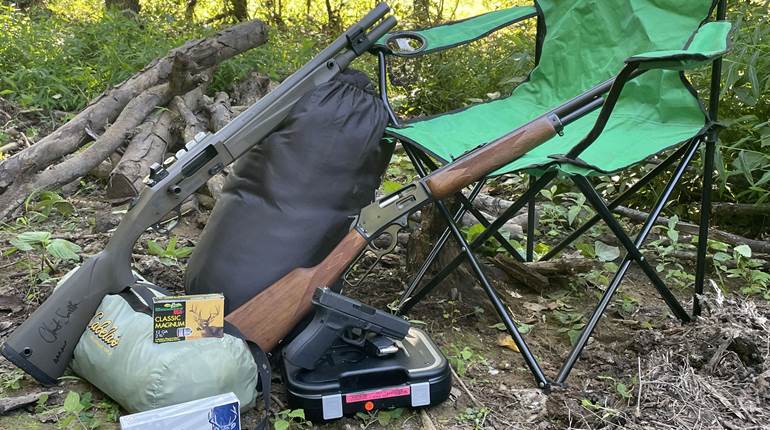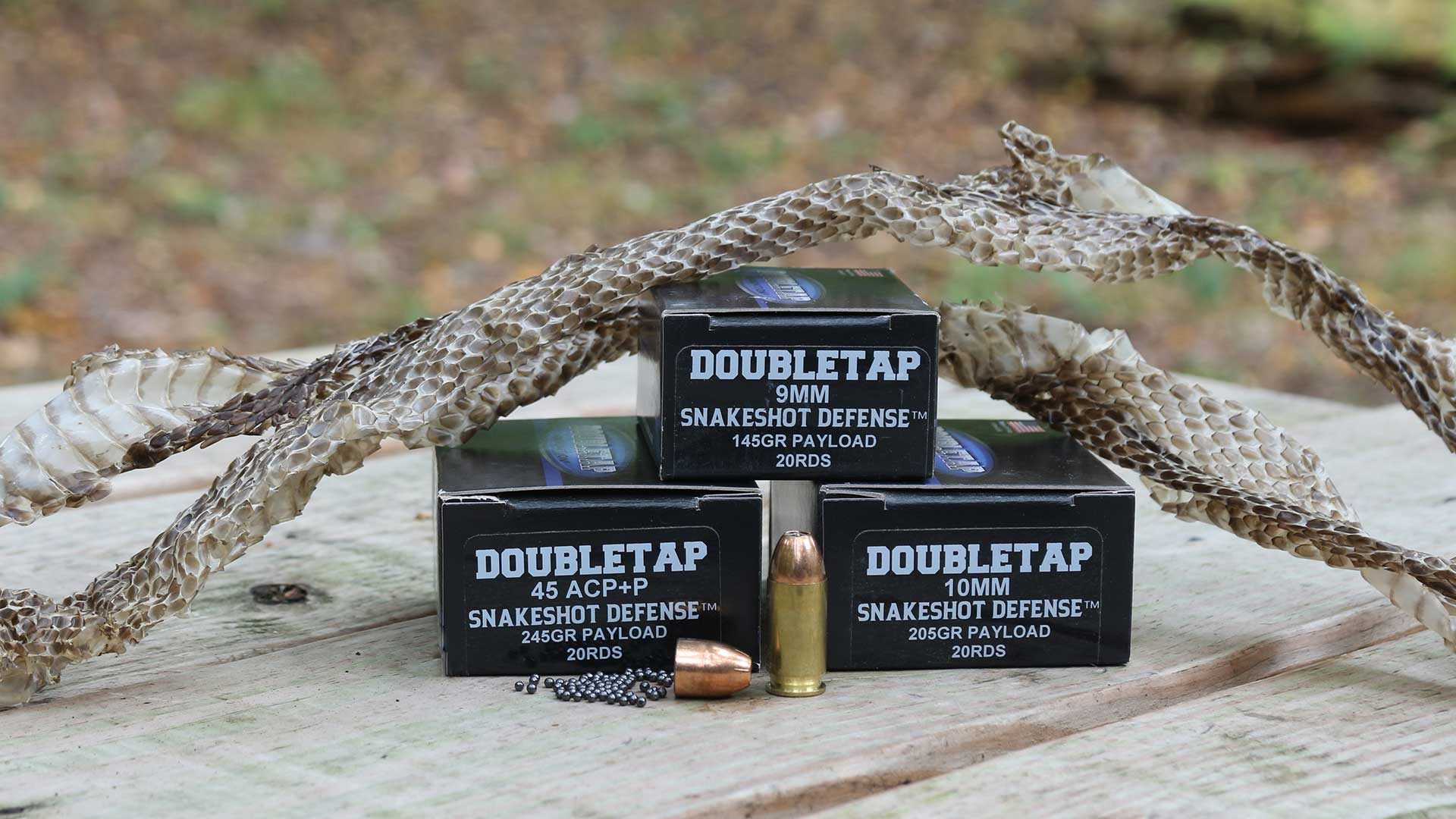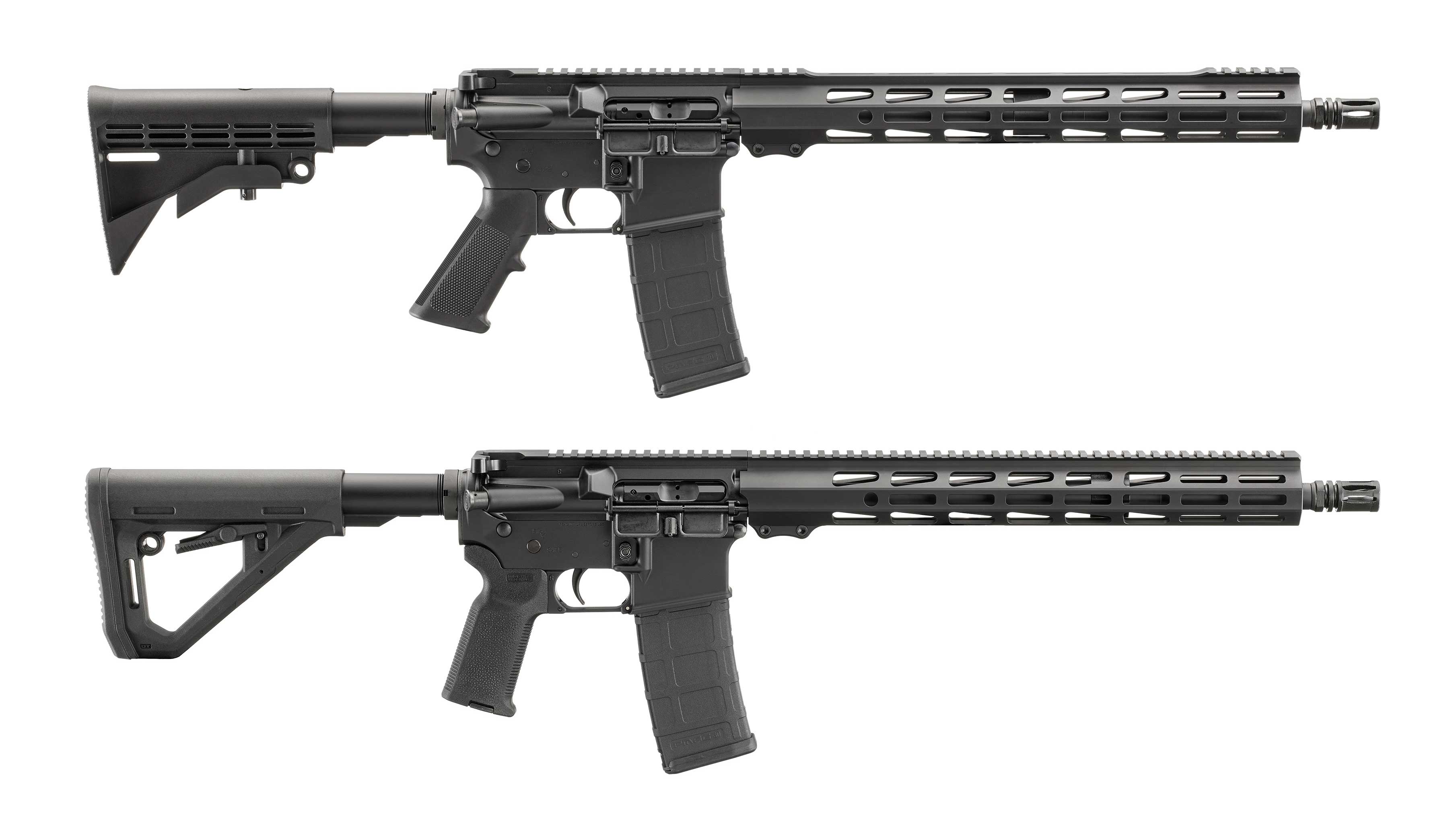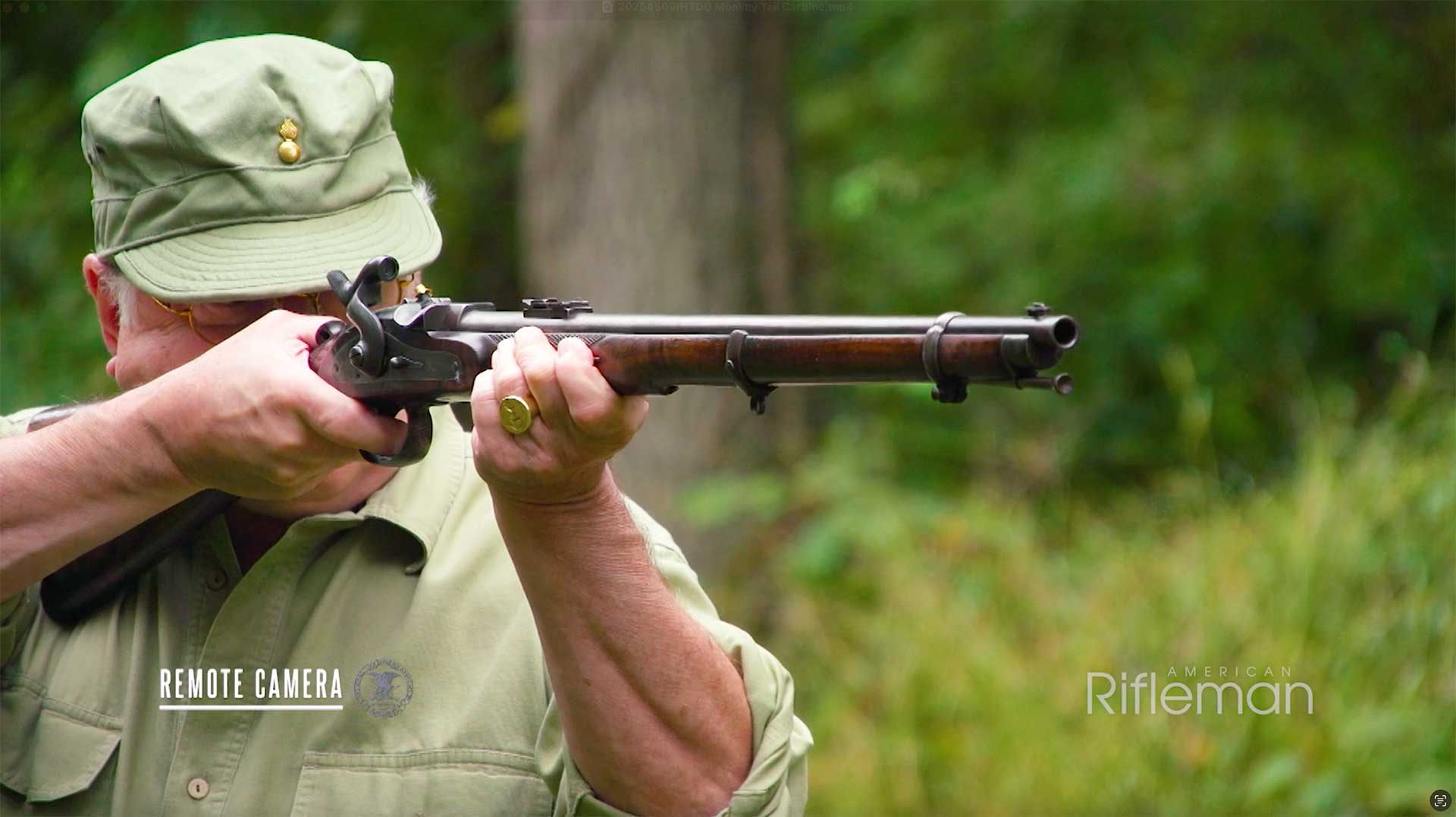
This article, “Loading The Underappreciated .358 Winchester,” appeared originally in the June 2006 issue of American Rifleman. To subscribe to the monthly magazine, visit NRA’s membership page.
One of the most-ignored modern .35-cal. cartridges—themselves, an unpopular lot—is the .358 Winchester. Introduced in 1955, it is simply a necked-up .308 Winchester. The .358 Win. generates more velocity than the much larger .35 Winchester ever could and does it from a much smaller case. Factory loads push a 200-gr. bullet to almost 2,500 f.p.s. In fact, the .358 equals the legendary .348 Winchester in performance but, again, in a much smaller package.
Winchester first offered the .358 Win. in the Model 70, which was merely interesting. But when the .358 came out in the unique lever-action Model 88 the following year, it became a timber-hunting machine.
Sadly, the .358 Win. just never caught on, and Winchester has discontinued rifles chambered for it. Browning currently has the only regularly cataloged .358 Win. in its BLR lever-action. Ruger made a run of Model 77 rifles some years ago, and Savage chambered the Model 99 for it; but used guns are getting harder and harder to find.
 Shown (l. to r.) are the .35 Win., .358 Win. and .35 Rem. cartridges. Of the three, the .358 Winchester produces the best performance.
Shown (l. to r.) are the .35 Win., .358 Win. and .35 Rem. cartridges. Of the three, the .358 Winchester produces the best performance.
I have a .358 Browning BLR in my vault; and, recently, I took the route that a lot of dedicated .358 shooters follow and built up a rifle, re-barreling a Remington Model 700 in .358 Win.
Winchester lists its 200-gr. Silvertip at 2490 f.p.s., and it remains the only factory load available, but it seems that supplies are limited. Brass is getting hard to find as well, but it is still available if you look. It’s easy to make the brass by necking up a .308 Win. case. The .308 and the .358 Win. use the same 1.560" length to the shoulder and the same 20-degree shoulder angle, so the datum line for headspacing is the same.
I necked up several Remington .308 cases to make .358 Win. cases. The neck was a bit shorter, and the resulting case was 1.990" after trimming to square up the mouth. My once-fired .358 Win. brass runs longer at 2.015". This doesn’t create any problems, and I suspect the expanded .308 brass will grow to the specified length after a few firings. The neck thickness averaged 0.014" for the expanded .308 Win. cases and 0.013" for the factory .358 Win. brass, so the expanded .308 necks were actually slightly thicker-walled but not enough to matter.
 An enterprising handloader can fabricate .358 Win. brass by necking up .308 Win. cases with a tapered expander button (above). Although factory brass is scarce, components are still available for the .358 Win. (l.).
An enterprising handloader can fabricate .358 Win. brass by necking up .308 Win. cases with a tapered expander button (above). Although factory brass is scarce, components are still available for the .358 Win. (l.).
The empty brass weighed the same, averaging 170 grs. with a spent primer. Water capacity for the .358 Win. case was 57.8 grs. to the top of the neck. The expanded Remington-brand .308 Win. case held 57.2 grs. of water. When accounting for the shorter neck, it was a virtual wash. So in the event that Winchester decided to no longer make the cartridge, brass supplies would not be a problem, as I don’t think we will run out of .308 brass for a while, yet.
The .358’s practical range of big-game bullets is from 180 grs. to 250 grs. The 180-gr. Speer bullet can sizzle out the barrel at more than 2700 f.p.s., which is faster than a .308 with the same bullet weight. It shoots very well out of my gun and would be a good choice for deer hunting. Most 250-gr. bullets can hit speeds of 2300 f.p.s. with enough energy for any moose or bear. While this cartridge is capable of handling anything in North America, it’s probably best suited as a whitetail and black-bear cartridge, and in that light, the 200-gr. and 225-gr. bullets work best.
I have had excellent luck on whitetails with the Hornady 200-gr. Spire Point at 2500 f.p.s., and that bullet is currently my first choice for most deer hunting. Hornady also offers the 200 grain in a round-nose configuration, but it does not shoot as well in my rifle. In contrast, another bolt-action .358 Win. I had years ago liked the round-nose Hornady and refused to shoot the pointed bullets. Go figure.
 Shown are recovered .358 bullets that were fired from a .358 Win. into a Bullet Test Tube expansion medium. On the left is a 200-gr. Hornady, and on the right is a 225-gr. Ballistic Tip.
Shown are recovered .358 bullets that were fired from a .358 Win. into a Bullet Test Tube expansion medium. On the left is a 200-gr. Hornady, and on the right is a 225-gr. Ballistic Tip.
In years past, I also liked the Barnes 200-gr. X-Bullet, but Barnes is no longer offering it. It has a 200-gr. Triple Shock on the “go list” for next year, but until then, we will have to be happy with the 225-gr. Triple Shock. This is another good bullet, but it is very long, and it tends to eat precious powder capacity, because it needs to be seated so deeply. However, it would be high on my list of bullets for using the .358 Win. on elk, moose or other game heavier than 500 lbs. Also in that .225-gr. bullet weight, I like the Nosler Partition, the Nosler Ballistic Tip and the Swift A-Frame. The Ballistic Tip bullet is too long to function in a lot of guns. The SAAMI-spec for the overall length of the .358 Win. is 2.780". This requires seating the Ballistic Tip too deeply in the case for good results, but in my Remington, I can use a cartridge with an overall length of 2.80" easily, which allows me to use the Ballistic Tip.
The .358 Win. is not a fussy cartridge to handload, and I have yet to find a load for this new gun that is terrible. Even with ammo it doesn’t like, it’s still accurate enough to use on a hunt. But feed it something it craves, and my rifle will shoot right at a minute of angle—not bad for a lightweight hunting gun in a “woods” cartridge.
The first handload I tried was a 200-gr. Hornady Spire Point, seated above 51.0 grs. of Hodgdon Varget and started with a CCI No. 200 LR primer. This load exits my gun’s 21" barrel at 2495 f.p.s. and groups just slightly larger than 1" at 100 yds. Last fall, I rediscovered that it leaves a very impressive wound channel in a whitetail. When sighted 2" high at 100 yds., it is dead on at 175 yds. and 6.9" low at 250. I easily could have stopped experimenting right there and lived with that load forever, but what fun would that be?

The Nosler Ballistic Tip shoots well in my rifle with several powders. With 47 grs. of RamShot X-Terminator, the muzzle velocity is 2367 f.p.s. While I was not able to shoot any deer with this load—so many bullets, so few tags—I did test it in the new Bullet Test Tube expansion medium (www.bullettesttube.com). The results were impressive with a large and long wound cavity. The bullet expanded to 0.640" and weighed 180.8 grs. The 200-gr. Hornady SP load showed a similar but slightly larger-diameter and shorter wound channel. It expanded to 0.556", and the recovered bullet weighed 149.3 grs. Other powders I have tried with good results are RL7, H335 and IMR4895.
So, if you are a bit of a rebel and want to distinguish yourself from the unwashed masses, next year think about showing up in deer camp with a .358 Win. It will make you happy and keep your buddies guessing.




































